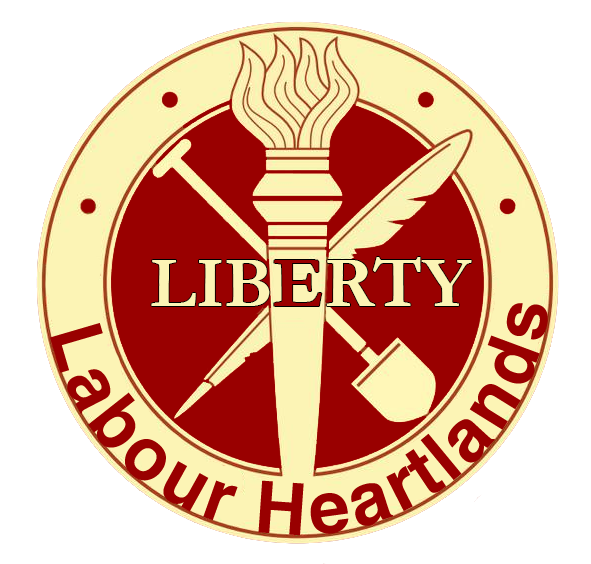15 September is Battle of Britain Day. It commemorates the legendary air battle that took place in Britain’s skies, mainly – though not exclusively – over southern England, during the long hot summer and early autumn of 1940.
The conflict has achieved near mythical status in British history. With the fall of France in June, Europe was dominated by Germany’s depraved Nazi bully-boys and their lickspittle Italian fascist chums, whilst odious Stalin’s USSR had free rein in eastern Poland and the Baltic states. Britain’s forces had been forced to retreat from Belgium and France, rescuing what they could from the beaches of Dunkirk. However valiant and miraculous this achievement was, it was still a defeat.
Now, with its army depleted and weak in materiel, Britain stood alone for freedom against the dictators.
Some misguided souls talked of reaching a deal with Nazi Germany.
It was in the darkest days of 1940, Attlee’s Labour Party had entered into a coalition government with Churchill’s Conservative Party when the Second World War broke out. Then, in late May of 1940, when the Conservative grandee Lord Halifax challenged Churchill, insisting that it was still possible to negotiate a deal with Hitler, through the good offices of Mussolini, it was the steadfast anti-Nazism of Attlee and his Labour colleagues that saved the day—a vital truth badly underdramatized in the current Churchill-centric film, “Darkest Hour,” as it has been in many a history book. (There were many, perhaps even a majority, on the Tory right more interested in preserving the peace and the British Empire than in opposing Hitler.) Had Labour been narrower in outlook, or implicitly pro-Soviet—at a time when Stalin was still tightly allied with Hitler—as were so many on the French left, the history of European civilization would be very different. When it became clear that the United Kingdom intended to carry on the fight, Hitler planned to invade and sort the troublesome Brits out.
The invasion, codenamed Operation Sea Lion, envisaged 125,000 troops landing in southern England by September. The success of the land assault depended on German air superiority in order to mitigate the threat posed by the Royal Navy and in order to support ground forces in Blitzkrieg – lightning war. So it was essential that the Royal Air Force be neutralised. But, outnumbered by at least 4:1, the RAF’s glamorous, gallant, pilots, flying the iconic Spitfire and Hurricane fighter aircraft, narrowly knocked the nasty Nazis out of the sky, thereby saving Britain and, probably, the Free World. Afterwards, Prime Minister Churchill ensured immortal memory for the heroic RAF flyers by declaring:
“Never in the field of human conflict was so much owed by so many to so few.”
Winsten Churchill
Aside from the irresistible observation that ‘sea lion’ seems far too cuddly and inappropriate a label for violent invasion, Britain in 1940 was not the bumbling amateur it so often pretends to be; and, of course, the full story of the Battle of Britain is far more complex, and darker, than its simplified legend suggests.
There is a remarkable monument to the Battle of Britain on London’s Victoria Embankment, between Westminster Bridge and the RAF Memorial. It was unveiled by Prince Charles as recently as 2005, cost £1.65 million and was funded entirely by public subscription. Among the donors was the Czech Republic – but not, apparently, the British Government. The monument is large – more than 80 feet (25 metres) long – and was the brainchild of the late Bill Bond MBE, founder of the Battle of Britain Historical Society. Unlike many other memorials, the Battle of Britain Monument is curiously tactile and lifelike, as well as being quite beautiful. Naturally, it primarily honours ‘the Few’, the RAF pilots who really were outnumbered and who really did save Britain in 1940. At its centre is a near life-size sculpture depicting these airmen scrambling – running to their aircraft in order to intercept the enemy. The figures are in motion, leaping out of the structure, intent only on reaching their cockpits and getting airborne as soon as possible. Around the monument are the names of the Few – actually 2,936 airmen from fifteen nations who took part in the battle on the Allied side. But the monument also starts to tell a bigger story, because its panels recognise some of the other participants and contributors to the Battle of Britain and ultimate victory – members of the Royal Observer Corps, who spotted enemy aircraft and fed details of numbers, height and so forth back to Fighter Command, the ground staff who kept the aircraft maintained, sometimes in dangerous conditions, technical staff, radar operators, munitions workers, civilians under attack. They were all heroes too – as were those whose leadership, vision and technical ingenuity helped ensure that the German air force, the Luftwaffe, failed.
| British and Allied Pilots engaged in the Battle of Britain | |
| United Kingdom | 2342 |
| Poland | 145 |
| New Zealand | 127 |
| Canada | 112 |
| Czechoslovakia | 88 |
| Australia | 32 |
| Belgium | 28 |
| South Africa | 25 |
| France | 13 |
| Ireland (neutral) | 10 |
| United States of America (neutral) | 9 |
| Rhodesia | 3 |
| Barbados | 1 |
| Jamaica | 1 |
| Newfoundland | 1 |
| Total | 2937 |
It is a myth that Britain was wholly unprepared for war. In fact, the groundwork for one of the decisive factors in Germany’s failure to invade was laid during the 1930s. This was RAF Fighter Command’s integrated command and control system, which was the best in the world and later known as ‘the Dowding System’ after the Head of Fighter Command from 1936, Air Chief Marshal Hugh Caswall Tremenheere ‘Stuffy’ Dowding. Dowding determined the flow of information from Britain’s new early warning RDF (Radio Detection Finding, later known as RADAR) system – a network of 21 stations around south and east Britain known as ‘Chain Home’ – to Fighter Command HQ at Bentley Priory near London. Chain Home, which was expanded throughout the war, enabled enemy aircraft to be identified as they were forming up across the English Channel and, together with information from 30 supporting ‘Chain Home Low’ stations and the Royal Observer Corps, provided Fighter Command with a complete evolving picture of the skies. This information was filtered and cascaded to four fighter groups: 11 Group in the South East (which bore the brunt of the air battle), 12 Group covering the Midlands, 13 Group protecting the North, including Scotland and Northern Ireland and 10 Group looking after the West. Each group was sub-divided into sectors with their own commanders. Operations rooms at group and sector level provided a comprehensive plot of local air activity and controllers were able to direct RAF aircraft, which were fitted with an IFF device (Identification Friend or Foe) by the time of the battle (not before some tragic friendly fire incidents) to locations under threat.
Read more at the fantastic website Bit about Britain
Support Independent Journalism Today
Our unwavering dedication is to provide you with unbiased news, diverse perspectives, and insightful opinions. We're on a mission to ensure that those in positions of power are held accountable for their actions, but we can't do it alone. Labour Heartlands is primarily funded by me, Paul Knaggs, and by the generous contributions of readers like you. Your donations keep us going and help us uphold the principles of independent journalism. Join us in our quest for truth, transparency, and accountability – donate today and be a part of our mission!
Like everyone else, we're facing challenges, and we need your help to stay online and continue providing crucial journalism. Every contribution, no matter how small, goes a long way in helping us thrive. By becoming one of our donors, you become a vital part of our mission to uncover the truth and uphold the values of democracy.
While we maintain our independence from political affiliations, we stand united against corruption, injustice, and the erosion of free speech, truth, and democracy. We believe in the power of accurate information in a democracy, and we consider facts non-negotiable.
Your support, no matter the amount, can make a significant impact. Together, we can make a difference and continue our journey toward a more informed and just society.
Thank you for supporting Labour Heartlands














